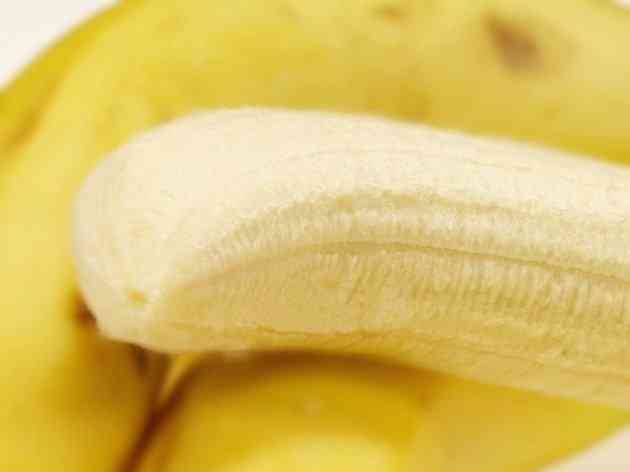Fructans in the Diet

The term "fructans" refers to two types of soluble fiber -- inulin and oligofructose. Fructans are found naturally in a few foods and added to many others to increase their fiber content without greatly changing their taste and texture. Although fructans have some health benefits, eating them in large amounts may cause some unpleasant side effects.
 Close-up of garlic on a cutting board. (Image: al62/iStock/Getty Images)
Close-up of garlic on a cutting board. (Image: al62/iStock/Getty Images)Natural Sources
Bananas, garlic, onions, chicory root, wheat, leeks, asparagus, artichokes and garlic contain naturally occurring fructans. Eating these foods will help you increase your fructan intake as well as the amount of overall fiber you get in your diet, since these foods also contain other types of fiber as well as fructans.
Foods With Added Fructans
Many processed foods contain some amount of added fructans, especially those sold as high-fiber foods. Check the ingredients label for oligosaccharides, fructooligosaccharides, FOS, scFOS, inulin or any form of chicory to determine which foods contain added fructans. Even foods you may not expect to contain much fiber, such as beverages and ice creams, may contain added fructans.
Potential Health Benefits
Oligofructose may act as a prebiotic, helping increase the number of beneficial probiotic bacteria in your digestive tract, according to a study published in "Clinical Gastroenterology and Hepatology" in May 2005. As such, it may help treat and prevent recurrences of certain types of diarrhea. You may also experience increased feelings of fullness and less hunger after eating foods containing oligofructose, notes another study published in the "European Journal of Clinical Nutrition" in 2006. Inulin also has health benefits, potentially improving immune function, lowering your risk for colon cancer, improving calcium and magnesium absorption and lowering your triglyceride and cholesterol levels, according to an article published in the "British Journal of Nutrition" in April 2005.
Potential Side Effects
Suddenly increasing the amount of fructans you get in your diet could cause gastrointestinal side effects, such as bloating, gas and abdominal discomfort. These effects are most likely to occur if you get at least 15 grams of fructans per day, which is the minimum you need for many beneficial health effects, according to a February 2013 article published in "Diabetes Spectrum." A study published in the "Journal of the American Dietetic Association" in June 2010 found that people tend to tolerate fructans best if they consume under 10 milligrams per day of inulin and less than 5 grams per day of oligofructose. The typical American only gets about 3.5 grams of fructans per day from diet.




